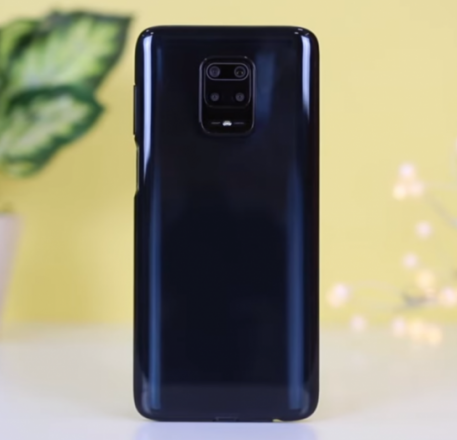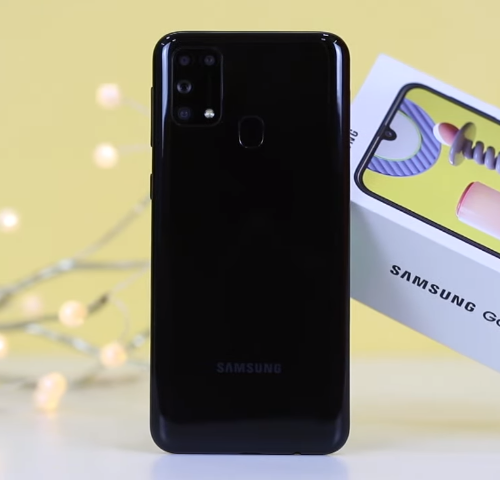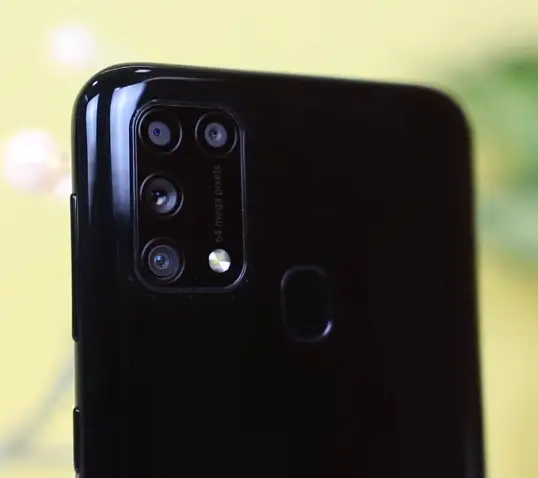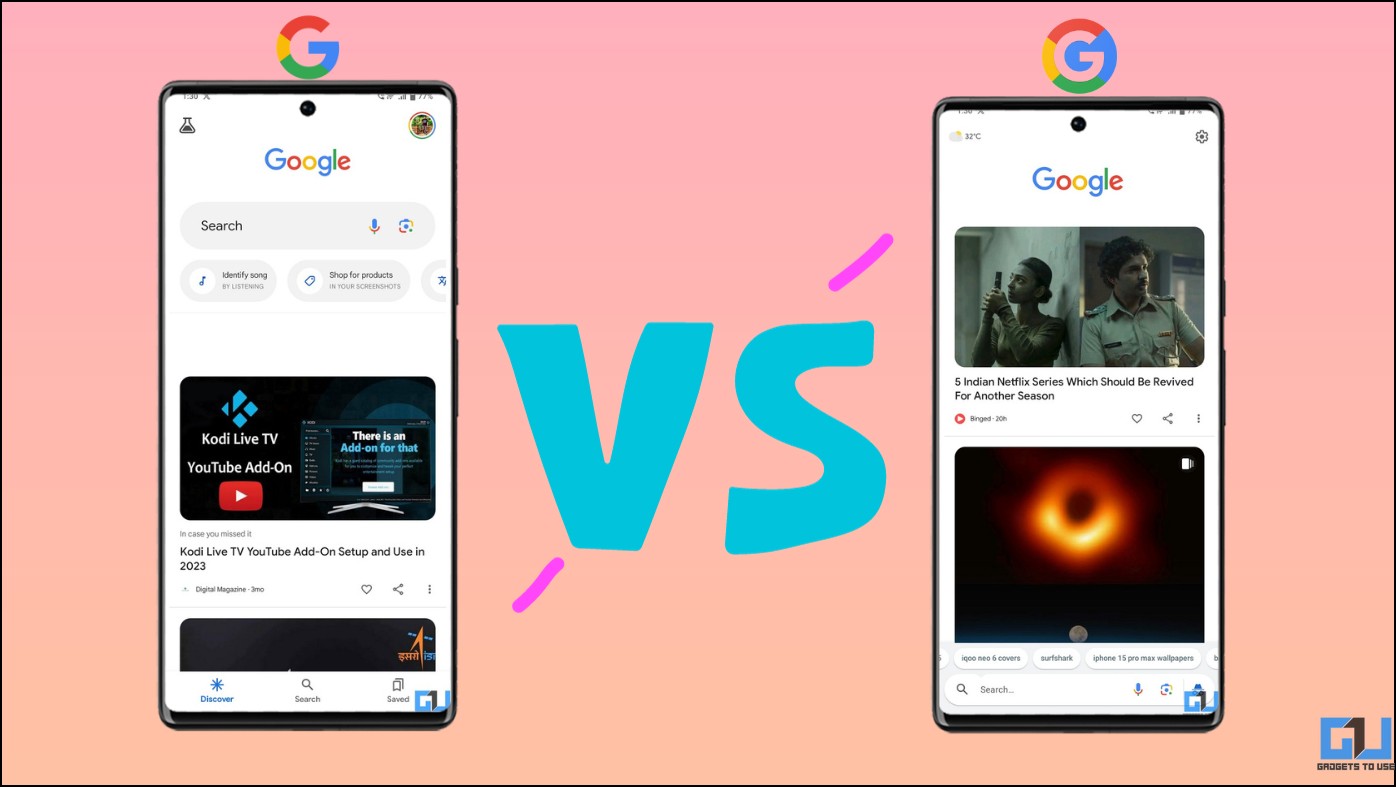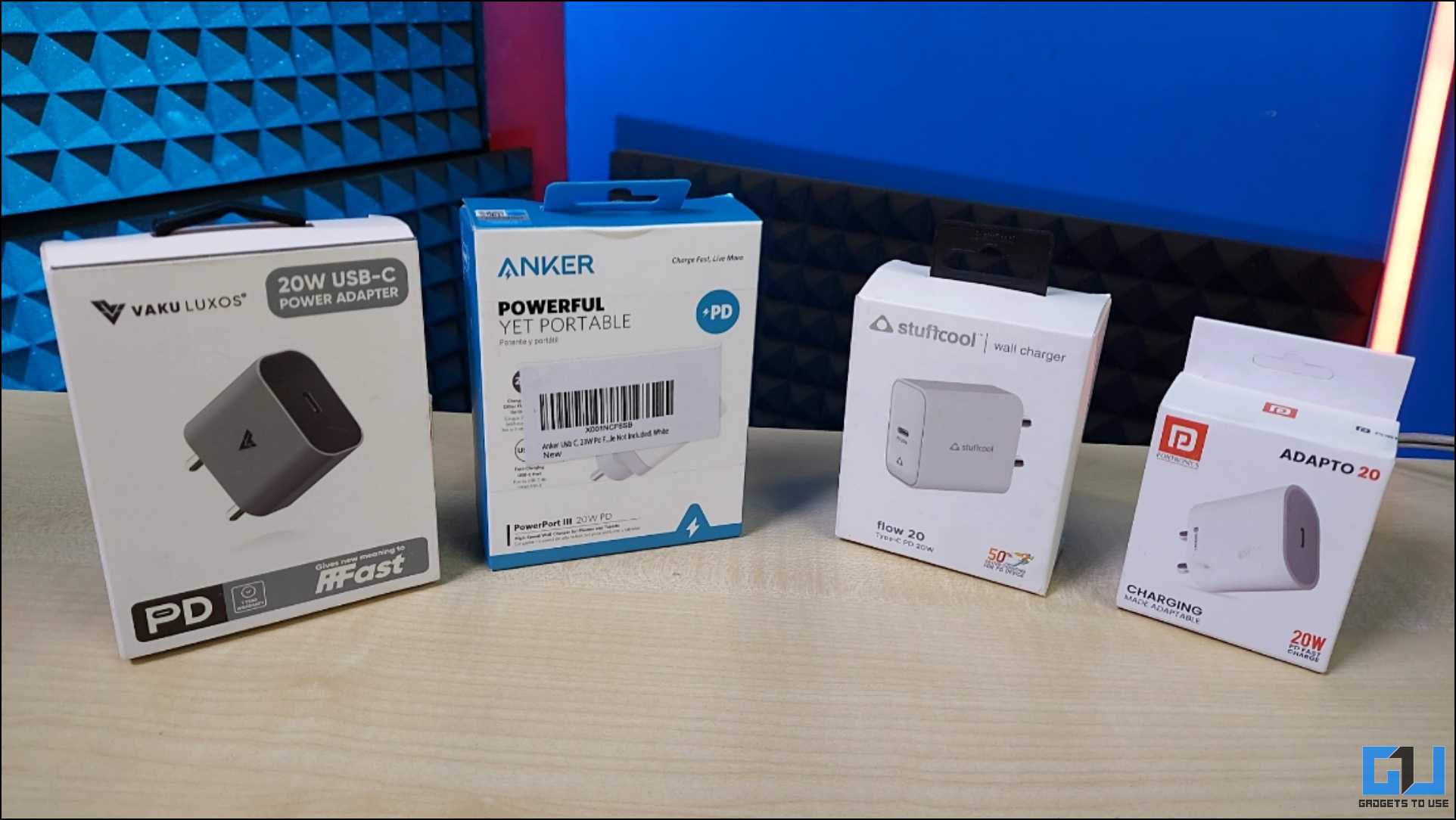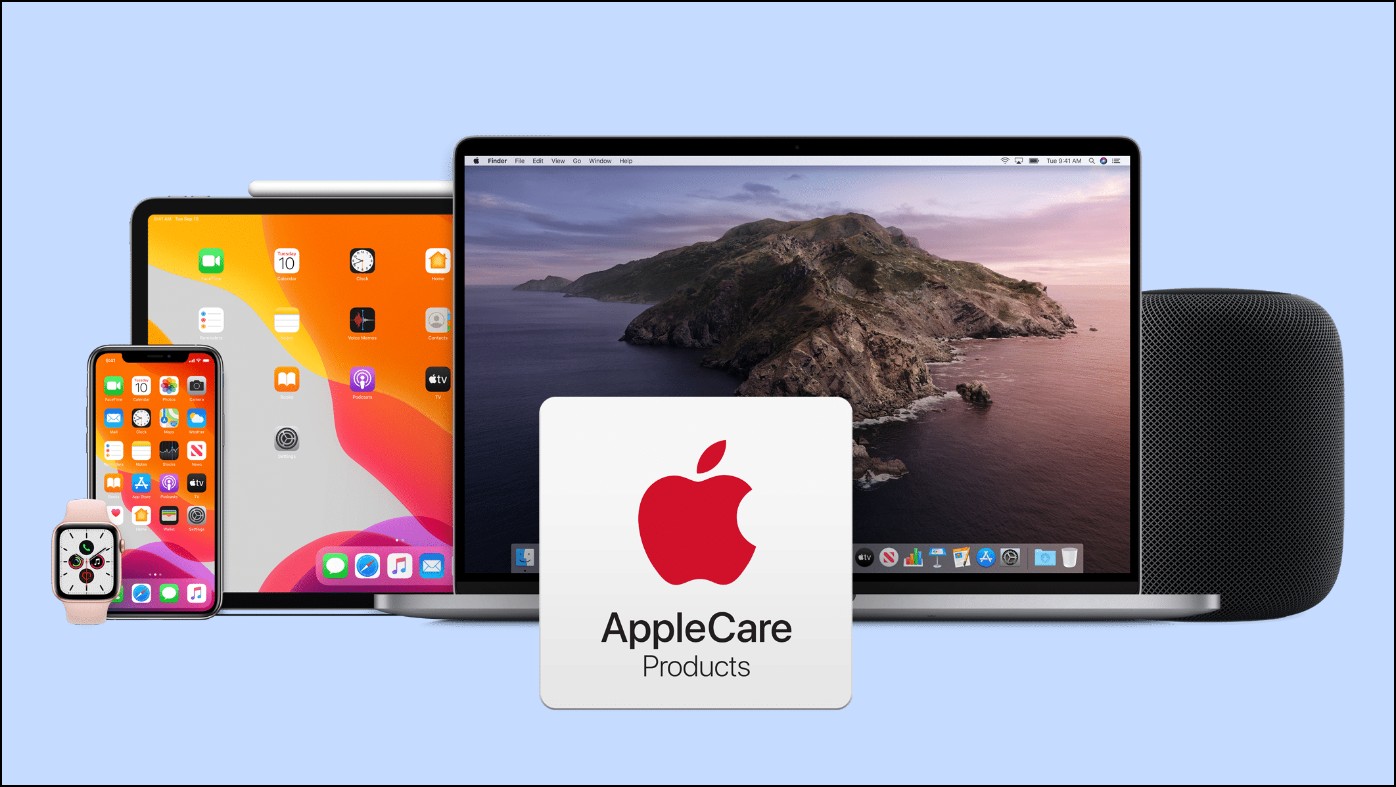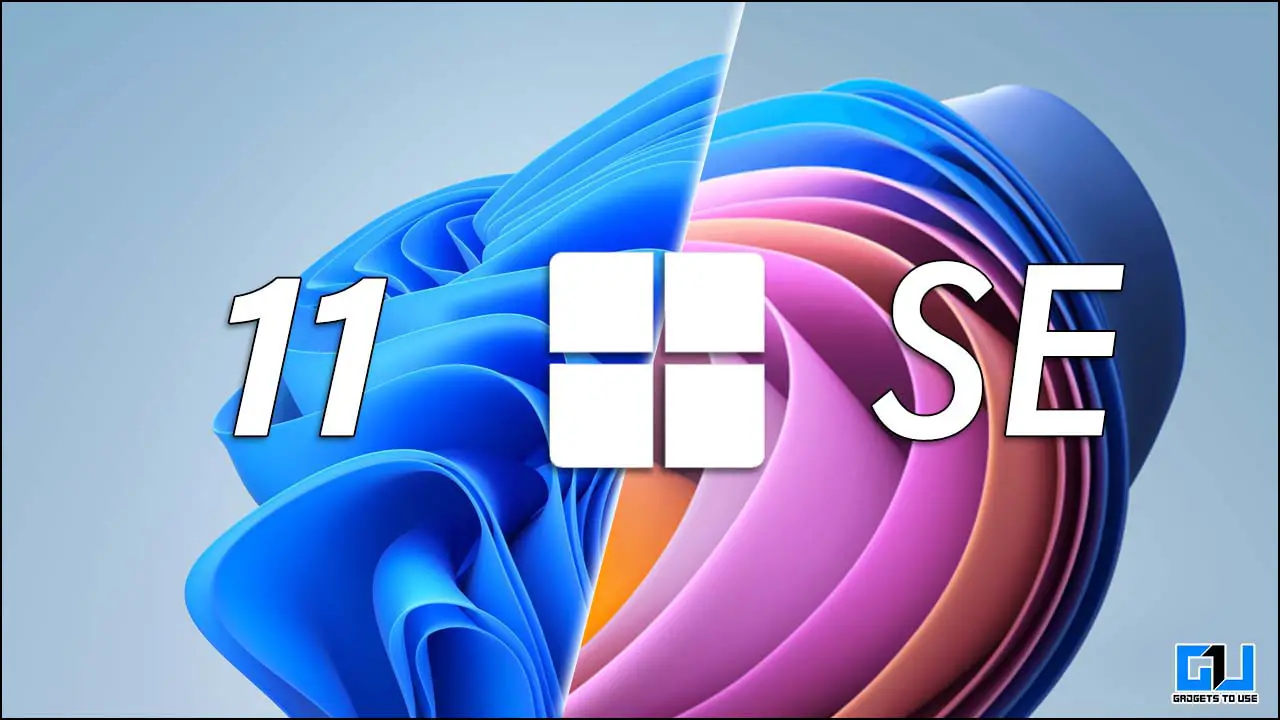Quick Answer
- On the other hand, the Galaxy M31 gets a 64-megapixel primary camera with the Samsung ISOCELL GW1 sensor, an 8-megapixel ultra-wide-angle camera, a 5-megapixel macro camera, and a 5-megapixel depth sensor.
- And this makes it a direct competitor to the Samsung Galaxy M31 that arrived back in February as a successor to the M30 and M30s.
- The Redmi Note 9 Pro has a larger display, slimmer bezels, and offers a more immersive experience.
Launched recently, the Redmi Note 9 Pro starts at Rs. 12,999 for the base model. And this makes it a direct competitor to the Samsung Galaxy M31 that arrived back in February as a successor to the M30 and M30s. So, which one’s a better buy under Rs. 15,000? Let’s check out the same in our detailed Redmi Note 9 Pro vs Galaxy M31 comparison involving specifications, features, and price of the two.
Redmi Note 9 Pro vs Galaxy M31
Design: Punch Hole, Glass Back vs Dot-notch, Glasstic Back
The Redmi Note 9 Pro comes with a glass back, covered with Corning Gorilla Glass 5 protection. It is available in Aurora Blue, Glacier White, and Interstellar Black color options with glossy, gradient patterns.
In comparison, the Galaxy M31 gets a Glasstic back panel, i.e., more of a plastic that looks and feels like glass without adding much to the weight. It is available Space Black and Ocean Blue variants, both of which are plain with no gradient or any glossy pattern on offer.
Coming to the front, the Redmi Note 9 Pro features a centered punch-hole, which looks quite appealing. Plus, smaller bezels further cater to the immersive experience. The M31, on the other hand, comes with the conventional dot-notch screen.
Xiaomi has opted for a side-mounted fingerprint scanner, located in the power button, whereas Samsung is using the traditional rear-mounted sensor. Talking of ergonomics, the former is larger and heavier of the duo at 209 grams, compared to M31’s 191-gram weight.
Display: IPS LCD vs Super AMOLED
The Redmi Note 9 Pro comes with a 6.67-inch IPS display, having a Full-HD+ resolution of 1080 x 2400 pixels and a 20:9 aspect ratio. It also gets Corning Gorilla Glass 5 for protection.
The Samsung Galaxy M31, on the other hand, features a 6.4-inch Super AMOLED display with Full-HD+ resolution of 1080 x 2340 pixels and 19.5:9 aspect ratio. It gets Corning Gorilla Glass 3 for protection.
The Redmi Note 9 Pro has a larger display, slimmer bezels, and offers a more immersive experience. At the same time, the M31 provides a better quality panel with deeper blacks and punchy colors. It’s also more battery efficient.
Processor: Snapdragon 720G vs Exynos 9611
The Redmi Note 9 Pro gets powered by the all-new Qualcomm Snapdragon 720G SoC, coupled with Adreno 618 GPU. It is an octa-core chipset with two Kryo 465 Gold cores clocked at 2.3GHz, and six Kryo 465 Silver cores clocked at 1.8GHz, built on the 8nm process.
The Galaxy M31 uses the same Exynos 9611 from M30s, which is an octa-core chip built on the 10nm process. It integrates four Cortex-A73 big cores clocked at 2.3 GHz and four Cortex-A53 little cores clocked at 1.7 GHz, paired with ARM Mali-G72 MP3 GPU.
While both are good mid-range SoCs and capable enough to handle gaming, the one on Redmi Note 9 Pro gets better outright performance. As for synthetic benchmarks, it scores about 2,75,000 points on Antutu v8 while the M31 trails with about 195,000 points.
Coming to RAM and storage, the Note 9 Pro is available in 4/64GB and 6/128GB configurations. Whereas, the Galaxy M31 comes in 6/64GB and 6/128GB options. Note that both of them support storage expansion via dedicated microSD card slots.
Software: MIUI 11 vs OneUI 2.0
The Note 9 Pro runs on the latest MIUI 11 based on Android 10. Whereas, the Galaxy M31 runs on Android 10 with One UI 2.0 on top. Both interfaces pack various customization options and features. However, the OneUI is tad more cleaner.
Cameras: 48MP Quad vs 64MP Quad Array
The Redmi Note 9 Pro sports a total of four rear cameras. This includes a 48-megapixel primary Samsung ISOCELL GM2 sensor with f/1.79 aperture, an 8-megapixel 120° ultra-wide-angle lens, a 5-megapixel 2cm macro lens, and a 2MP depth sensor. It has a single 16-megapixel selfie shooter.
On the other hand, the Galaxy M31 gets a 64-megapixel primary camera with the Samsung ISOCELL GW1 sensor, an 8-megapixel ultra-wide-angle camera, a 5-megapixel macro camera, and a 5-megapixel depth sensor. Upfront, you get a 32-megapixel selfie camera with a Sony IM616 sensor and f/2.0 aperture.
Both phones perform well when it comes to camera performance. The Note 9 Pro generally captures better colors and details in daylight, whereas it’s the M31, which yields better results in low-light and portrait. Thanks to the higher resolution front camera, it also gets an edge over the other when it comes to selfies.
Battery & Charging: Larger Battery vs Faster Charging
In the battery department, the Samsung Galaxy M31 outperforms the Redmi Note with its huge 6,000mAh battery compared to the latter’s 5,020mAh cell. That said, the Note charges faster with 18W charger, compared to 15W fast charging on the Galaxy.
Price: Redmi is Cheaper
The Redmi Note 9 Pro starts at Rs. 12,999 for the 4GB/64GB model and goes up to Rs. 15,999 for the 6GB/128GB version. On the other side, the Samsung Galaxy M31 starts at Rs. 15,999 for the base variant with 6GB/64GB configuration and maxes out at Rs. 16,999 for the 128GB storage variant.
Redmi Note 9 Pro vs Galaxy M31: Which one’s better?
As evident, both phones perform equally well in their respective fields. For instance, Note 9 Pro has a more premium design, with better performance and faster-charging capabilities. Likewise, the M31 offers a better display, longer battery life, and cleaner software experience. In the end, it all boils down to your budget and priorities; you won’t go wrong with either of the devices.
Also, read- Redmi Note 9 Pro vs Realme 6 Pro: Specs, Features & Price Comparison
